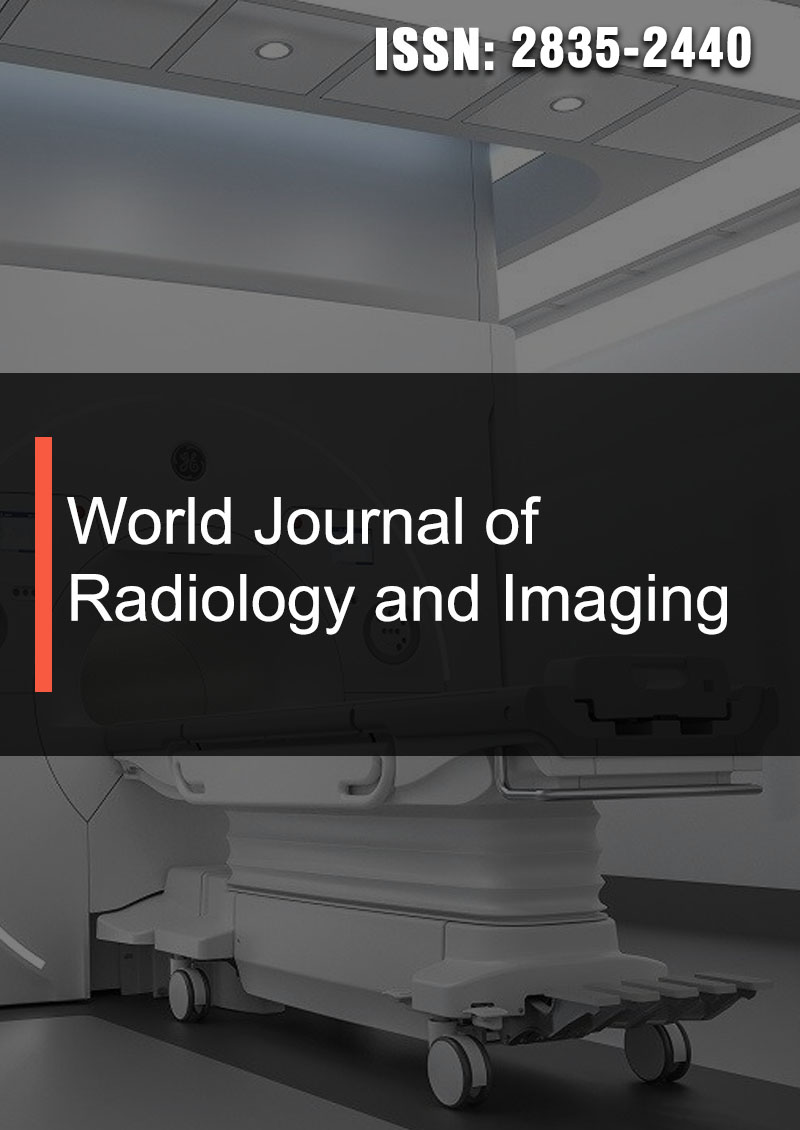Magnitude and Predictors of Anaemia among Pregnant women attending Antenatal Clinics in Dar es salaam, Tanzania
Abstract
Samson Peter Mvandal, Peter Lawrence Kumbunja, Godfrey Lupoly, Joseph shugha Nhandi
Background: Anaemia in pregnancy have been a cause of serious concern and burden as it contributes significantly to high maternal mortality worldwide. This study aims to explore how big the burden of anaemia in pregnant women is, how it can be reduced during antenatal clinic in order to minimize risks and complications of anaemia among pregnant women.
Method: An analytical cross-sectional study design used, involved 560 pregnant women attending antenatal clinic at three regional referral hospitals in Dar es Salaam region, Tanzania, from January to June 2022. Those willing to participate and met inclusion criteria were included in the study. Data was collected by interview through a structured questionnaire. Analysis of data was done using SPSS v25.0, (p<0.001) considered statistically significant.
Results: A total of 560 pregnant women were interviewed. The prevalence of anaemia in pregnancy is high about 70.9% whereby 61.2% participants had mild anaemia, 33.2% participants had moderate anaemia and 25.6% participants had severe anaemia. Significant associations were found between age, education level, marital status, Less ANC attendance (<3 visit), lack of health insurance and lack of employment among pregnant women.
Conclusion: Prevalence of anaemia in pregnancy women is still high and its predictors highly affect its control. Hence the ministry of health in collaboration with other stakeholders should develop policies, educating community on the importance of antenatal visit for early detection and treatment of anaemia and impacting knowledge to medical personnel in management of anaemia in pregnancy and associated complications in order to decrease maternal mortality rate.




